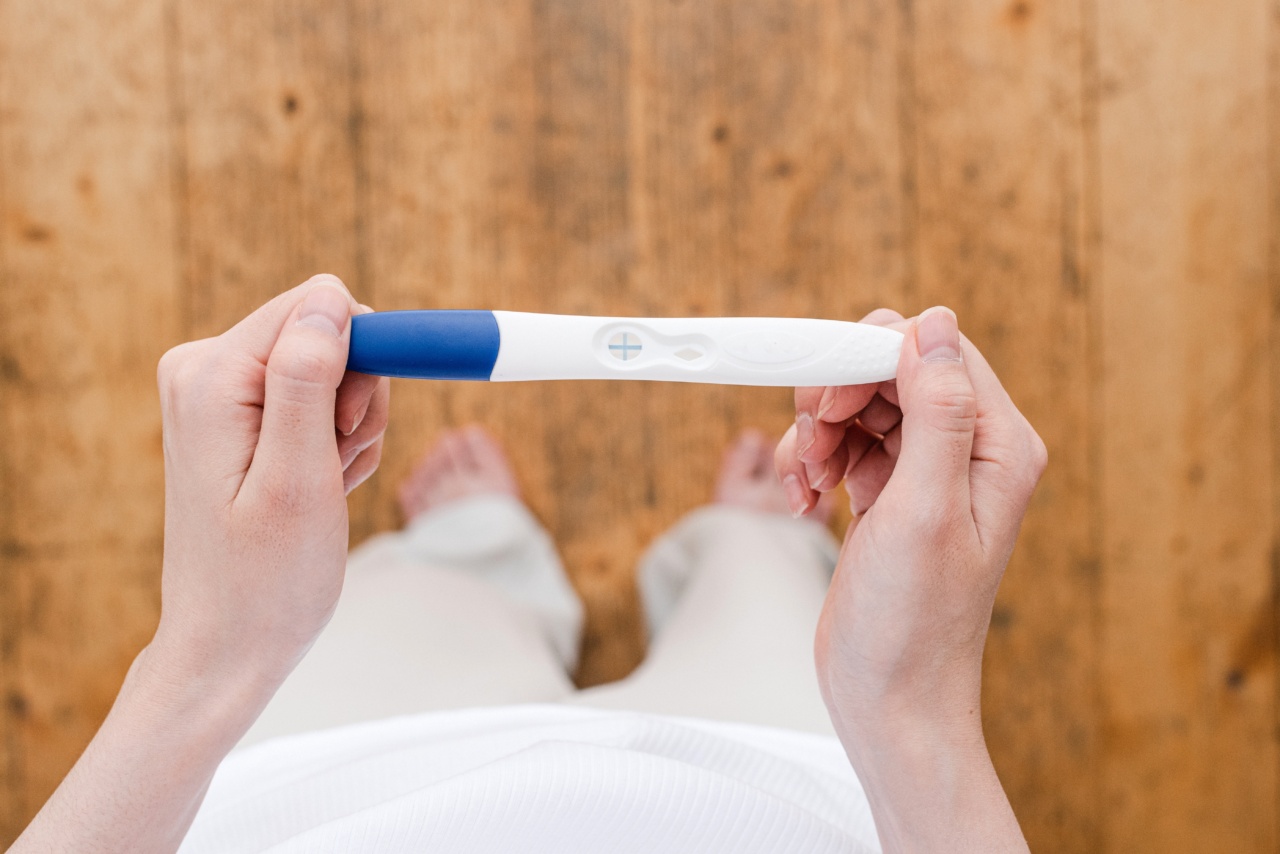Non-invasive prenatal testing (NIPT) is a relatively new type of prenatal screening test that has been gaining popularity in recent years.
Unlike traditional invasive tests such as amniocentesis, NIPT can be performed without the need for a needle to be inserted into the womb. Instead, this test involves a simple blood draw from the mother’s arm.
How does NIPT work?
NIPT works by analyzing the baby’s DNA that is present in the mother’s blood. During pregnancy, small amounts of the baby’s DNA enters the mother’s bloodstream.
NIPT can detect differences in this DNA that may indicate a genetic abnormality, such as Down syndrome, Trisomy 18, or Trisomy 13. It can also determine the baby’s gender.
Is NIPT accurate?
NIPT is highly accurate, with a detection rate of over 99% for the conditions it screens for. However, it is important to note that NIPT is a screening test, not a diagnostic test.
This means that if NIPT indicates a high risk for a genetic abnormality, further diagnostic testing such as amniocentesis may be necessary to confirm the results.
When can NIPT be done?
NIPT can be done as early as 10 weeks into pregnancy. However, it is important to note that NIPT is not routinely recommended for all pregnant women.
It is typically recommended for women who are at an increased risk for a genetic abnormality, such as those who are 35 or older, have a family history of genetic disorders, or have had abnormal results on other prenatal tests.
What are the benefits of NIPT?
NIPT has a number of benefits compared to traditional invasive tests such as amniocentesis. These include:.
- Less risk of miscarriage
- No need for a needle to be inserted into the womb
- Results are typically available within a week
What are the drawbacks of NIPT?
While NIPT has many benefits, there are also some drawbacks to consider. These include:.
- Cost: NIPT can be expensive, and may not be covered by insurance
- False positives: While NIPT is highly accurate, there is still a possibility for false positive results
- Limited information: NIPT can only screen for certain genetic abnormalities, and cannot provide information on other conditions or birth defects
Should you get NIPT?
Whether or not to get NIPT is a personal decision that should be made in consultation with your healthcare provider. Factors to consider may include your age, family history, and the results of other prenatal tests.
Ultimately, the decision to undergo NIPT should be based on your individual risk factors and comfort level with the procedure.
Conclusion
Non-invasive prenatal testing is a safe, highly accurate screening test for certain genetic abnormalities in the developing baby.
While it has many benefits, it is important to consider the drawbacks and your individual risk factors before deciding whether or not to undergo this test.




























